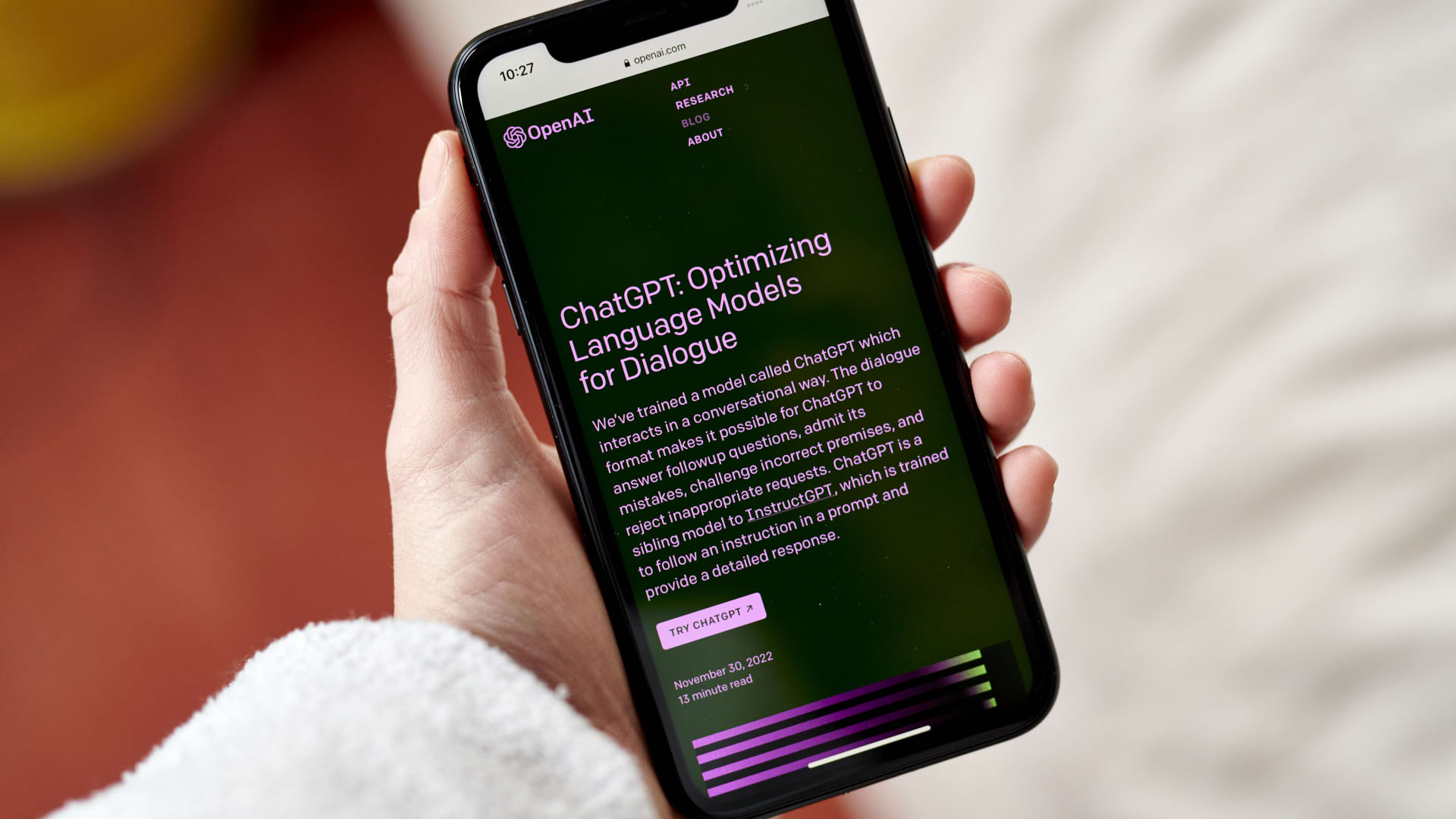The U.S. government is considering laws to help society adapt to the introduction of artificial intelligence.
Early users of the technology are already seeing labor productivity gains. For example, Klarna, a buy now, pay later financial services provider, estimates that its AI assistant tool will increase its profit outcome by $40 million by the end of 2024.
“It basically does the job of 700 full-time agents,” Klarna CEO Sebastian Siemiatkowski said in an interview with CNBC. “It basically was capable of taking care of two-thirds of all the incoming errands that we have over chat.”
Klarna’s AI assistant tool is built on OpenAI’s systems, which power both ChatGPT and Sora — two products that have captured the attention of both the general public and Congress.
In 2023, members of Congress convened panels, private dinners, and learning sessions with high-profile tech executives including Sam Altman, CEO at OpenAI. The White House followed up by seeking commitment from 15 private industry leaders to help lawmakers understand the best way to identify risks and make use of the new technologies. The list includes some of the biggest players in the tech sector, alongside newcomers such as Anthropic and OpenAI.
The Senate Task Force on AI, established in 2019, has passed at least 15 bills into law that focus on research and risk assessment. But when compared with measures passed by the European Union in 2024, the U.S. regulatory environment appears to be relatively relaxed.
“The folks in Brussels, they come up with a lot of bureaucratic rules that make it harder for companies to innovate,” Erik Brynjolfsson, a senior fellow at Stanford Institute for Human-Centered AI, said in an interview with CNBC. “The entrepreneurial environment isn’t there the way it is in the United States.”
Economists have worried for years that artificial intelligence could sink job prospects for white-collar workers, similar to the effects globalization has had on blue-collar workers in the past. A study from the International Monetary Fund suggests that at least 60% of work in advanced economies would be exposed to changes that stem from the wide adoption of artificial intelligence.
In 2023, lawmakers in the New York State Assembly put forward a measure to limit the expected impact of tech-driven layoffs with robot taxes. The idea is to introduce a cost for companies that use technology to displace workers within the state. As of April 2024, the bill remains in committee with an uncertain future.
Many economists have said that robot taxes, if used at all, should be set at a relatively low level. In the U.S. both employers and employees face payroll taxes of 7.65% of income. But the optimal rate for a robot tax would be between 1% and 3.7%, according to researchers at the Massachusetts Institute of Technology.
“It’s good for us to have output and productivity. And so I’m not sure we want to tax those,” said Brynjolfsson. “Robots are part of what boost technological growth and give us that higher productivity.”
“There will be a time in the future where robots can do most of what humans currently do,” Brynjolfsson said. “We’re not there yet.”
Watch the video above to learn more about the U.S. government’s plan to regulate artificial intelligence.

